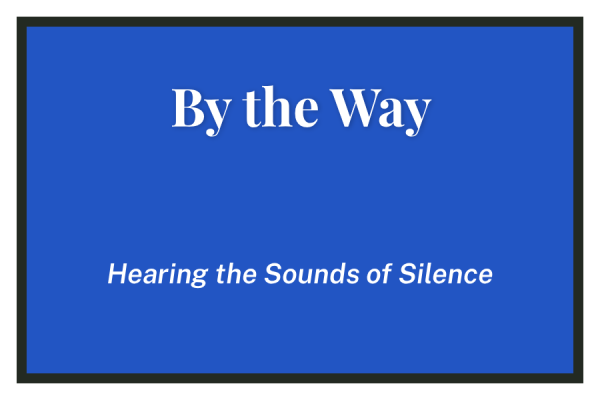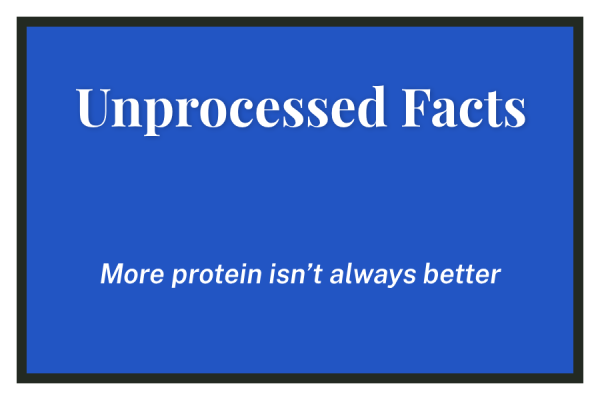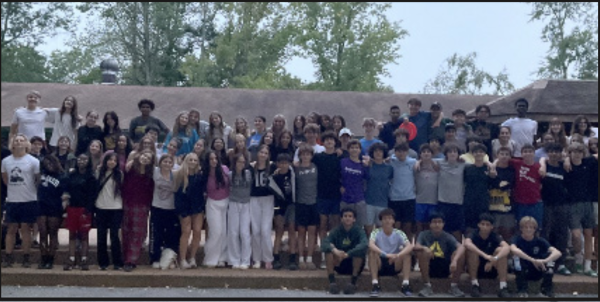Write Like a Girl, Issue 3
Forgotten Female Figures
For all my years of history class, it is concerning that I can name only a couple of famous women off the top of my head. I could probably count them all on my ten fingers. If you asked me to list all the famous men of history, I would need my fingers, toes, and about eighteen other people.
This raises the question: should we be including more women in our curricula? If we should be, why don’t we?
On one hand, it is important that the school provides female role models in its history classes. A longitudinal study by found that the increased presence of female role models had a positive impact on the educational achievement of female students and is a predictor of the girl’s later interest and success in their role model’s field of study. I, for one, concur, and appreciate seeing women in my textbooks, watching as they pave roads towards a future of equality.
On the other hand, it seems odd to replace curricula surrounding historically significant men with women just for the symbolism. We certainly shouldn’t be eliminating the important men just because of their gender, for their gender had no impact on their accomplishments.
At the same time, in our attempts to be more inclusive, we must be careful to not simply chose women that are convenient additions to already existing narratives. I find it odd, for example, that the most widely known female figure in the American Revolution is Betsy Ross, a women who sewed a flag. Certainly, I appreciate her flag design, but perhaps our time might be better spent studying women like Margaret Corbin, the first woman to receive a military pension. Her story diverges from the norm, including the female battle narrative in history, rather than Betsy Ross’s, whose story aligns with female stereotypes about homemaking.
In my history class with Andrew Bigelow, actions like this are already being taken, showing that, while there is still work to be done, our history curriculum is considerably more inclusive of women than many others. Still, our curriculum is filled with “great men,” with our first unit including only one woman on an extensive list of famous figures to study for the test. This isn’t a problem in and of itself, but instead something of which to be conscious.
Perhaps, rather than removing men just for the sake of it, we ought to truly consider why we find them important. Is it simply because we have always taught their stories, to the point where third graders can recite their names without knowing their contribution to society, or is it because they genuinely have something to offer to our understanding of the world? And, if we were to replace a male figure with a woman, might we get more value out of her story than out of his?
Using this strategy, we will almost definitely still end up with more men than women in our curricula. It is simply a fact that, since men have historically been offered more opportunities, they will, as a group, have had a greater ability to impact the world. This does not mean, however, that there have never been women as important as men in history.
There are many influential women who have not been afforded space in textbooks because of their gender. They changed our world, by changing the course of our future or exploring their own time–but were ignored. Women like Sappho, an archaic Greek poet, or Belva Ann Bennett Lockwood, the first woman to campaign for president of the United States. The fact that these names do not ring a bell for most readers, particularly in contrast to Homer or George Washington, their male equivalents, is evidence that we have more work to do. We owe it to women like these to include women’s stories in our classrooms.










